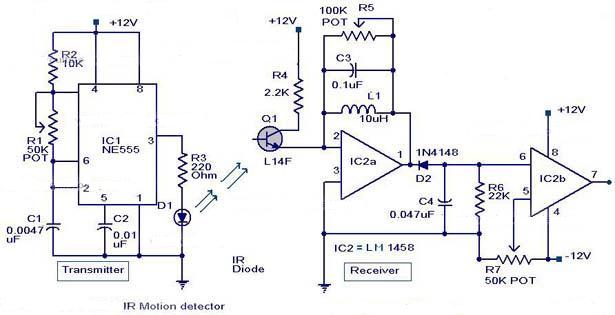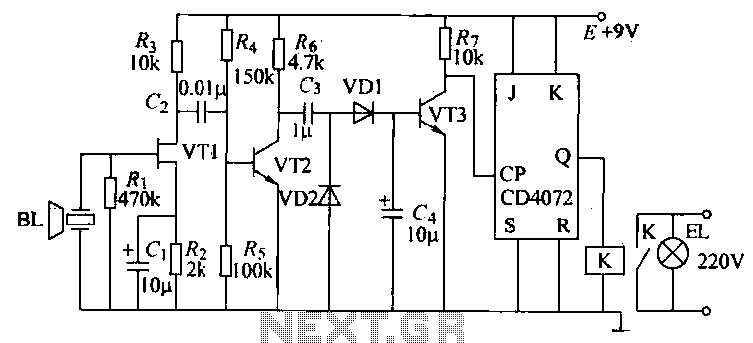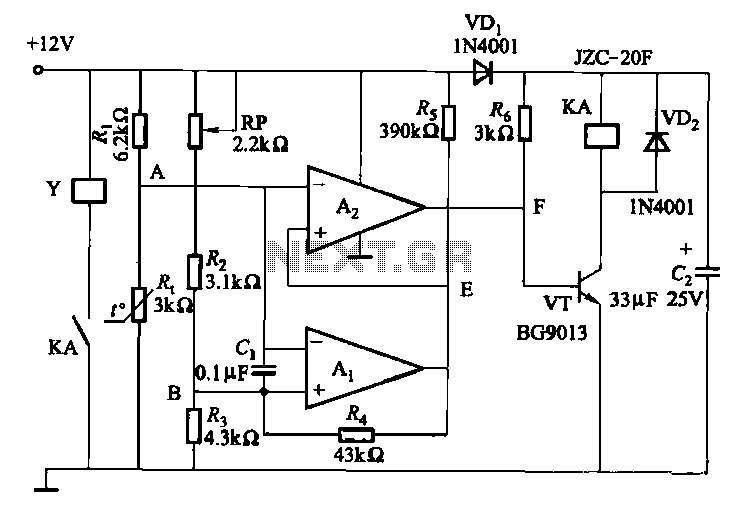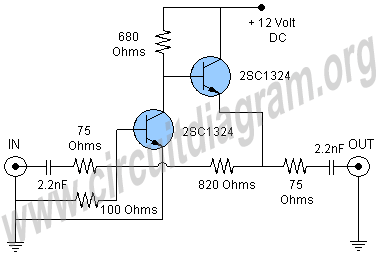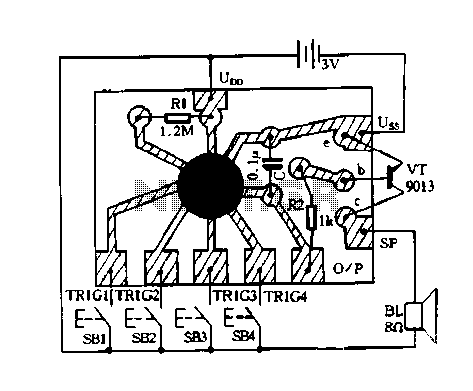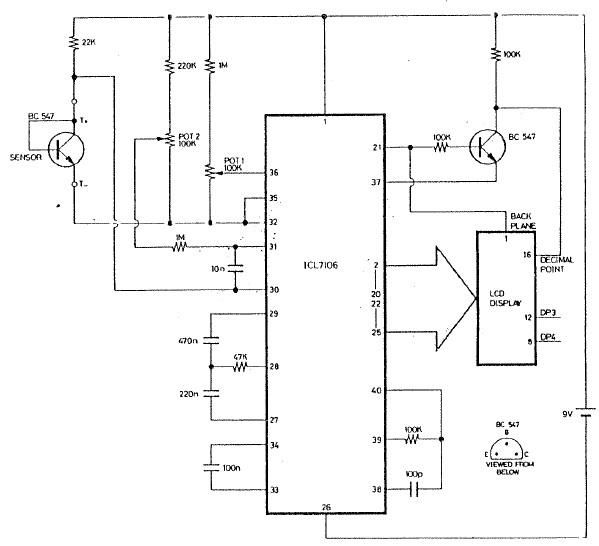
Signal Conditioning Circuit for KMI 15/x Rotation Speed Sensor
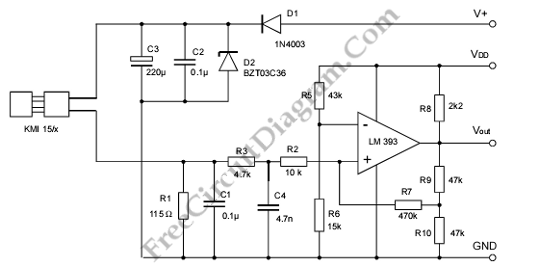
A modulated current is supplied by the integrated rotational speed sensor KMI 15/x. This current signal needs to be converted into a ground-referenced voltage signal.
The KMI 15/x sensor operates by generating a modulated current proportional to the rotational speed of an object. To utilize this current signal in most electronic circuits, it is necessary to convert it into a voltage signal that is referenced to ground, as this is the standard for most analog input stages.
The conversion can be achieved using a resistor or a current-to-voltage converter, commonly known as a transimpedance amplifier. In the simplest form, a resistor can be placed in parallel with the output of the sensor. The resistance value should be chosen based on the expected range of the modulated current, ensuring that the resulting voltage falls within the input range of the subsequent processing circuitry.
For a more precise and linear conversion, a transimpedance amplifier is recommended. This configuration typically involves an operational amplifier (op-amp) where the output voltage is directly proportional to the input current. The feedback resistor in this setup determines the gain of the circuit, allowing for flexibility in scaling the output voltage to match the required specifications of the connected devices.
It is also essential to consider the bandwidth and response time of the circuit, as the dynamics of the rotational speed may require fast response times. Proper filtering techniques may be employed to reduce noise and improve signal integrity. Additionally, protection mechanisms such as clamping diodes may be incorporated to safeguard the circuit from potential overvoltage conditions.
Overall, converting the modulated current from the KMI 15/x sensor into a ground-referenced voltage signal is a critical step for interfacing with other electronic components, ensuring accurate readings and reliable performance in various applications.A modulated current is provided by the integrated rotational speed sensor KMI 15/x. This current signal must be converted to ground referenced voltage signal,. 🔗 External reference
The KMI 15/x sensor operates by generating a modulated current proportional to the rotational speed of an object. To utilize this current signal in most electronic circuits, it is necessary to convert it into a voltage signal that is referenced to ground, as this is the standard for most analog input stages.
The conversion can be achieved using a resistor or a current-to-voltage converter, commonly known as a transimpedance amplifier. In the simplest form, a resistor can be placed in parallel with the output of the sensor. The resistance value should be chosen based on the expected range of the modulated current, ensuring that the resulting voltage falls within the input range of the subsequent processing circuitry.
For a more precise and linear conversion, a transimpedance amplifier is recommended. This configuration typically involves an operational amplifier (op-amp) where the output voltage is directly proportional to the input current. The feedback resistor in this setup determines the gain of the circuit, allowing for flexibility in scaling the output voltage to match the required specifications of the connected devices.
It is also essential to consider the bandwidth and response time of the circuit, as the dynamics of the rotational speed may require fast response times. Proper filtering techniques may be employed to reduce noise and improve signal integrity. Additionally, protection mechanisms such as clamping diodes may be incorporated to safeguard the circuit from potential overvoltage conditions.
Overall, converting the modulated current from the KMI 15/x sensor into a ground-referenced voltage signal is a critical step for interfacing with other electronic components, ensuring accurate readings and reliable performance in various applications.A modulated current is provided by the integrated rotational speed sensor KMI 15/x. This current signal must be converted to ground referenced voltage signal,. 🔗 External reference
